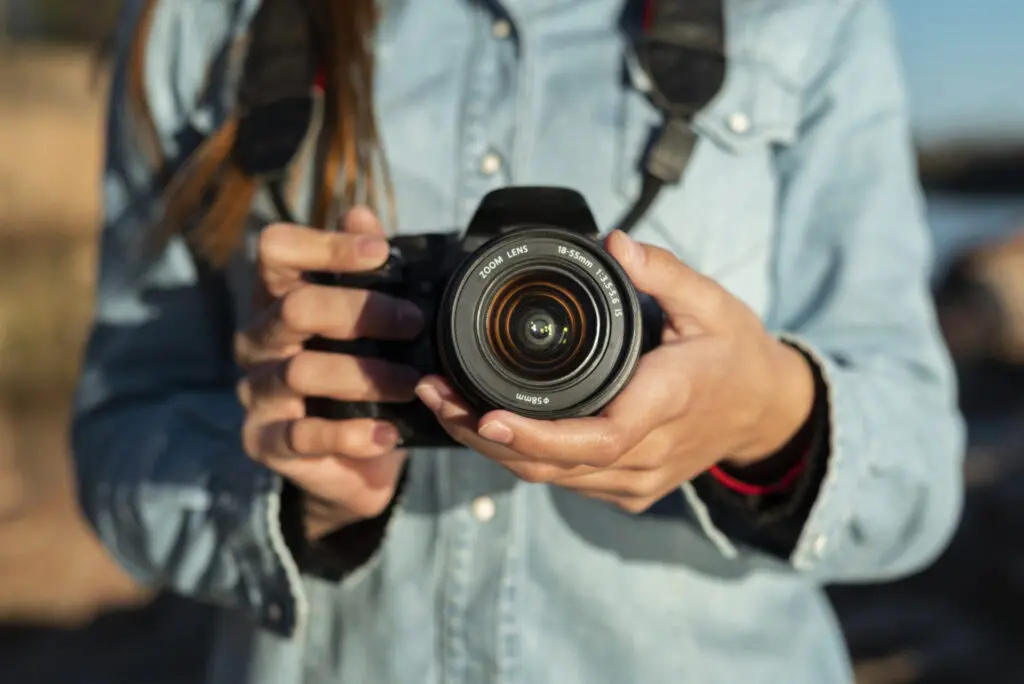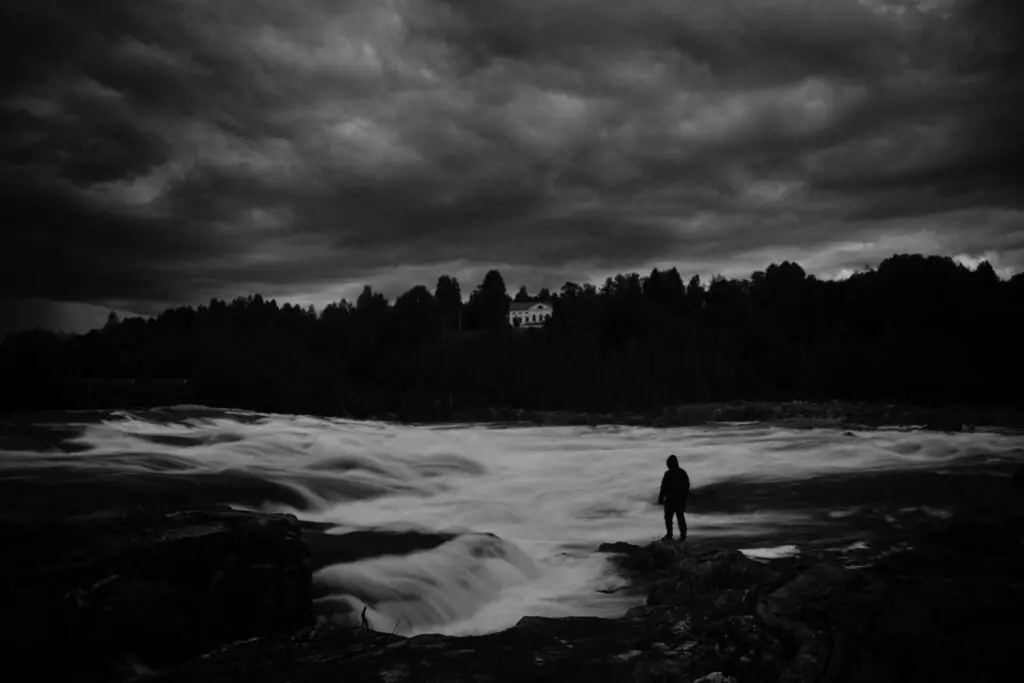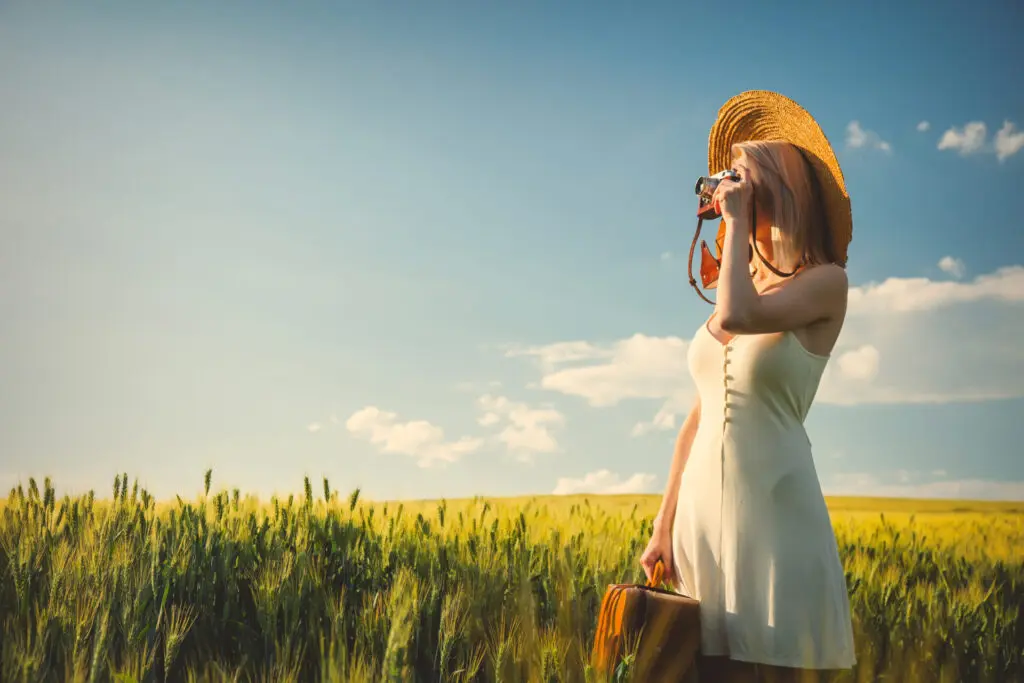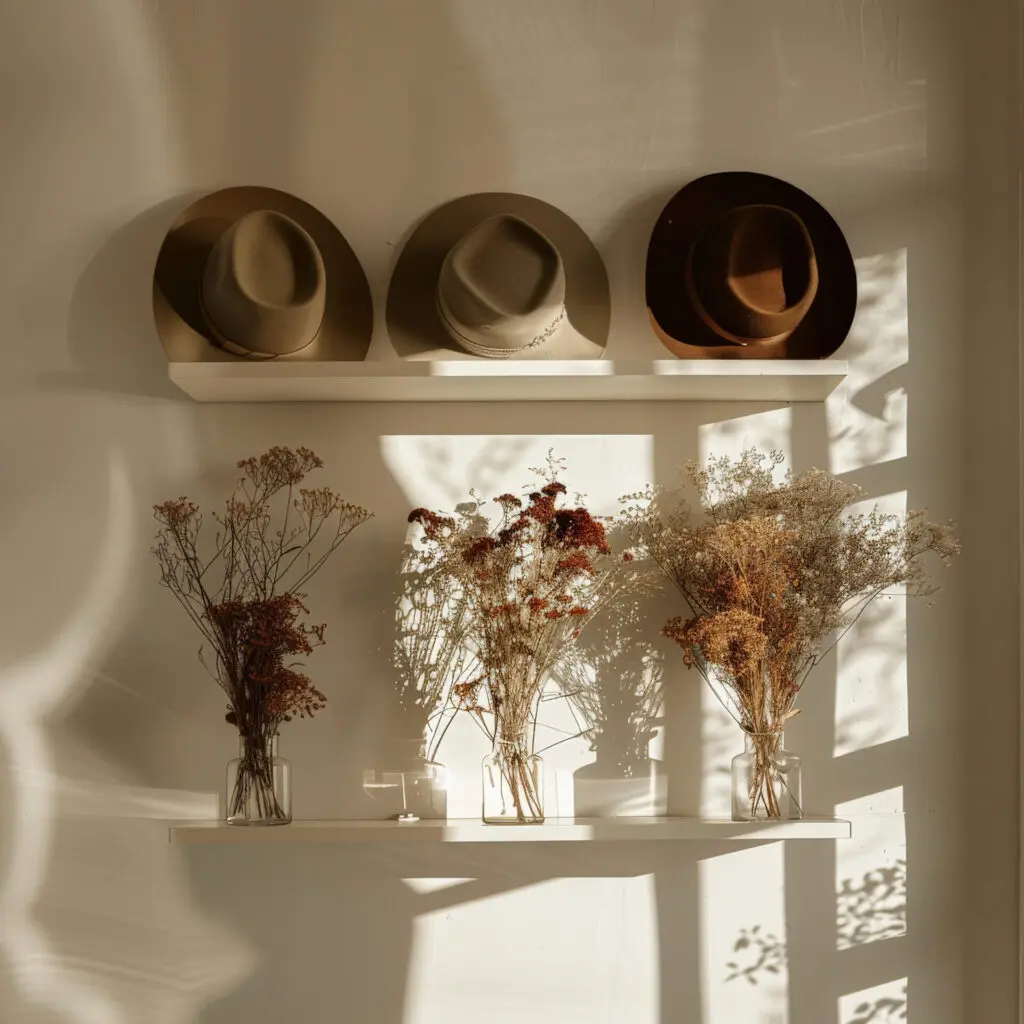"Get ready to capture the world with these 13 photography YouTube channels! From tips on lighting to drone photography, these experts will transform your skills and inspire your creativity.
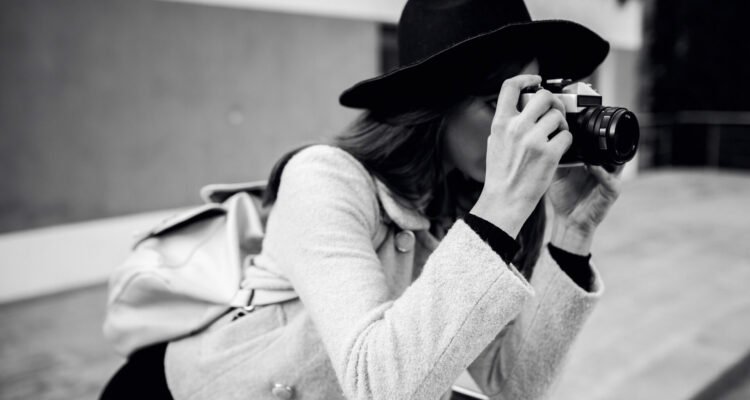
How to Find Your Photography Style
When it comes to photography, having your own unique style can set you apart from other photographers and make your work stand out. But how do you find your photography style? Discovering your unique photography style may seem difficult. Try out different techniques and do what you like to find a style that shows who you are.
This article will tell you why having a photography style is important. It will also give you tips on how to find and improve your own unique style.
Why Is Having a Photography Style Important?
A photography style is a reflection of your personality, vision, and creative expression. It is what makes your work unique and easy to be recognized. Having a unique look can make you more noticeable and attract customers who like your style in a busy market.
It can be seen as your signature, the mark of your artistry, that tell apart your photos from the myriad of images out there.
A distinct photography style also helps you build a brand and develop a following. People who like your work will start to notice and value it. This will help you get more business and loyal followers.
It’s not just about being different; it’s about being memorable. When people see a photo, you want them to instantly know it’s one of yours because of your unique style.
How to Find Your Photography Style
Finding your photography style is a process that involves self-reflection, experimentation, and practice. Here are some steps you can take to help you discover and develop your own unique style.
-
Understand Your Vision
The first step to finding your photography style is to understand your vision. Ask yourself, what do you want to convey through your photographs? What emotions or messages do you want to evoke? Knowing what you want will help you make decisions and find a style that suits you.
Beyond just the surface level, consider the deeper themes and stories you want to tell through your images. Knowing what you want your photos to look like is important. It could be of people, nature, or playing with light and shadows.
Think about what topics and places you really like, and how you can show that in your pictures.
-
Explore Different Genres
There are many different genres of photography, such as portrait, landscape, street, fashion, and more. Exploring different genres can help you discover what you enjoy shooting the most and what comes naturally to you. This can guide you towards a style that aligns with your strengths and interests.
Don’t limit yourself to the genres you’re most comfortable with; instead, challenge yourself to step into unfamiliar territory. For instance, if you’re accustomed to shooting landscapes, try your hand at portraiture or event photography. You may discover that each type of music gives you special chances to show your vision. Mixing elements from different types of music can help create your own style.
-
Experiment with Different Techniques
Try experimenting with different techniques such as lighting, composition, and editing. This can help you discover what works best for you and what creates the desired effect in your photos. Don’t be afraid to try new things and step out of your comfort zone. Sometimes, the best discoveries come from taking risks.
Technique experimentation goes beyond the basics; it’s about finding innovative ways to tell a story through your lens. Play with not conventional angles, focus on the interplay between light and shadow, or incorporate motion for dynamic images. Each technique you try can open up new possibilities and help you refine your style.
-
Study Other Photographers
Take inspiration from other photographers whose work you admire. Observe their styles and techniques and see if there are elements that you can incorporate into your own work. However, be careful not to copy someone else’s style. Your goal is to find your own unique style, not to imitate someone else’s.
It’s important to have your own style in photography. You can learn a lot by studying the history of photography and famous photographers. Analyze the context of their work, the choices they made, and the impact they’ve had on the craft. When you look at all your photos together, you can see your photography style and how it relates to the past of photography.
-
Reflect on Your Personal Interests
Your personal interests can also play a role in shaping your photography style. Think about what you are passionate about and how you can incorporate that into your photography. For example, if you love nature, you may naturally gravitate towards landscape photography. If you love fashion, you may be drawn to editorial-style portraits.
Your hobbies, cultural background, and even the music you listen to can influence your photography style. Let these personal aspects of your life seep into your work. If you’re an avid traveler, perhaps a nomadic, documentary style suits you.
If you’re a lover of old films, maybe a vintage or cinematic style resonates with you. Your own way of seeing things is what helps you create your style.
-
Practice, Practice, Practice
Finding your photography style takes time and practice. Don’t be discouraged if you haven’t found your style right away. Keep shooting and experimenting, and your style will evolve and develop over time. The more you practice, the more you will understand your strengths and preferences, and the clearer your style will become.
As you practice, remember to review your work critically. Look for patterns in your images that you are consistently drawn to and enjoy creating. Listen to what your peers and mentors say about your work. Their feedback can show you what you’re best at.
Over time, you’ll refine your skills and develop a style that is both authentic and compelling.
Developing Your Photography Style
First, figure out what you want your photos to look like and try different ways of taking them. Then, start focusing on developing your own unique photography style. Here are some tips to help you develop your style further.
-
Be Consistent
One of the key elements of a photography style is consistency. This means using similar techniques, editing styles, and compositions in your photos. Consistency in your work makes it easier for people to know your style. It helps build a strong body of work that is easy to recognize to clients and followers.
However, consistency doesn’t mean you should become stagnant. It’s about finding the right balance between maintaining a easily recognized style and allowing room for growth and change. As you get better at taking photos, your style will also improve. The key is to keep focusing on the same themes and making sure your work is good quality.
Editing can be a powerful tool in shaping your photography style. Experiment with different editing techniques and see which ones best align with your vision. However, it’s important to edit mindfully and not go overboard. Over-editing can take away from the natural beauty of your photos and make them appear artificial.
Think about creating presets that match your style. This will help you work faster and make sure all your work looks consistent. When you edit, think about whether the changes make the picture and emotions better or worse.
Be intentional with your editing choices, as they can significantly influence the final perception of your style.
-
Keep Learning and Growing
As with any art form, there is always room for growth and improvement. Keep learning and experimenting with new techniques and styles. This will help you continue to evolve and develop your photography style.
Learn more about photography by attending workshops, taking online courses, and reading books. Engage with other photographers and creatives who can offer new perspectives and inspiration. Always learning can help you get better at taking photos and keep you interested in photography.
-
Stay True to Yourself
Remember, your photography style should be a reflection of who you are. Don’t try to force a certain style or copy someone else’s. Stay true to your vision and your interests, and your style will naturally emerge.
In a world where trends come and go, realness remains timeless. Your style should be based on your own perspective, experiences, and values. Being real in your work helps your audience connect with it. This connection makes your photography stand out.
Examples of Photography Styles
There are countless styles of photography, and each photographer’s style is unique to them. Here are some examples of different photography styles to give you an idea of the possibilities.
Moody photography uses dark colors and shadows to create mystery and emotions in pictures. This style is often used in portrait and landscape photography. It can evoke a sense of introspection and contemplation, drawing viewers into the narrative of the image.
Photographers who focus on this style are good at telling stories. They use light and shadow to show the emotions of their subjects. Their images may also feature strong contrasts and a cinematic quality that makes them instantly captivating.
-
Bright and Airy
A bright and airy style uses soft, natural light and pastel colors to create a dreamy and romantic feel in photos. This style is often used in wedding and lifestyle photography. The images are typically high-key, with a gentle and inviting atmosphere that appeals to a wide audience.
This style is perfect for capturing the joy and lightness of special moments. Photographers who adopt this approach often seek out soft light and use it to create images that are fresh, clean, and full of life.
-
Minimalist
Minimalist photography uses simple compositions and empty space to make photos feel calm and simple. This style is often used in building design and still life photography.
This method is useful for drawing portraits and landscapes. It focuses only on the main idea. It doesn’t include extra details.
Minimalist photographers are masters of composition, understanding the power of an image that speaks volumes with very little. They make things look nice by using bright colors and open space to create appealing pictures that make people feel things.
In Conclusion
Finding and developing your photography style takes time and practice, but it’s worth the effort. A unique style can help you stand out in a crowded market and attract clients who appreciate your work. Remember to stay true to yourself and your vision, and your style will naturally emerge.
Keep experimenting and learning, and your style will continue to evolve and grow with you. Your photography style shows who you are as an artist and storyteller. Embrace it, nurture it, and watch as it transforms not only your work but also the way you see the world through your lens.

